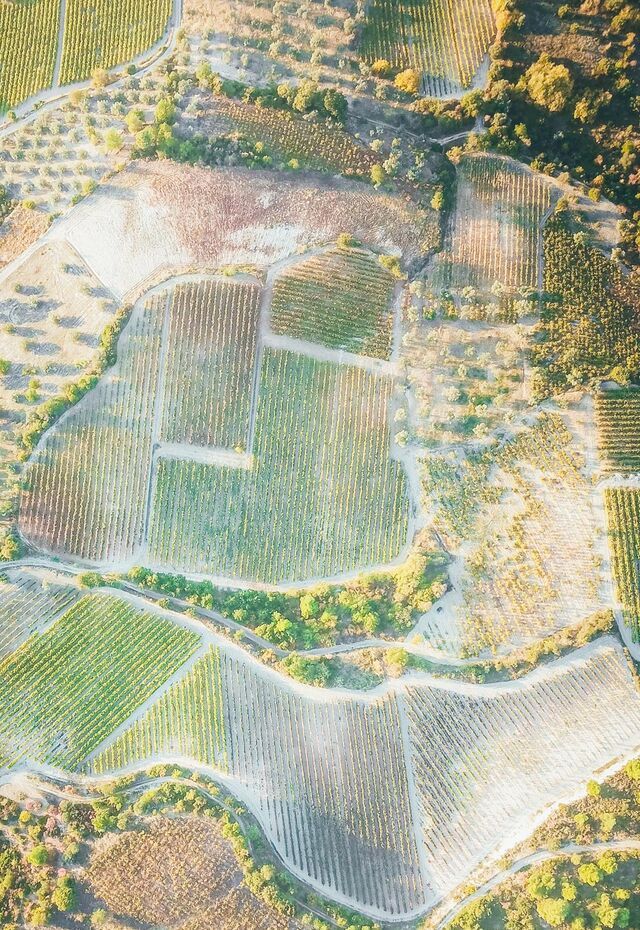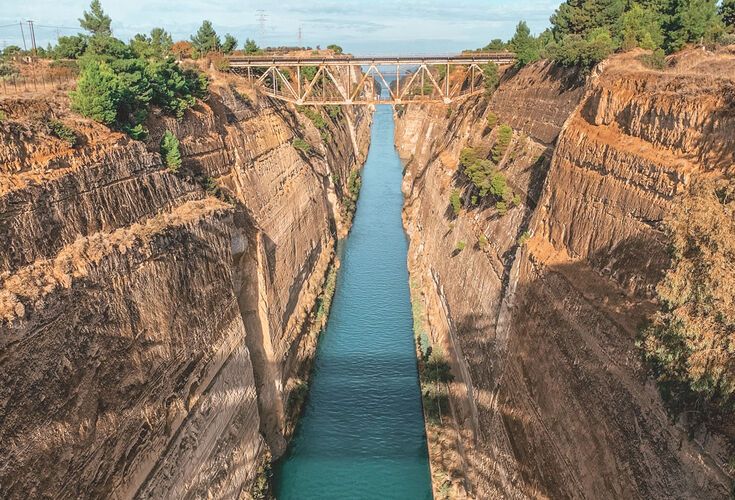

OVERVIEW
When the god Dionysus shared with Oeneus the secret of viniculture and urged him to go forth and multiply the vines of the world, it could well be that the Valley of Nemea is where he asked him to pay special attention. The gently undulating terrain of Nemea, in the northwest Peloponnese, isn’t just beautiful on the eye. It happens to be home to one of Greece’s most celebrated grape varieties and its largest Protected Designation of Origin zone.
In a setting of olive groves and cypress trees, the hillside vineyards successfully produce many of Europe’s leading grape varieties (Chardonnay, Merlot, Cabernet Sauvignon, Syrah…). But it is the aromatic Agiorgitiko grape for which Nemea has rightly developed international renown and that gets oenophiles purring with excitement.
There are plenty of wineries to visit, each offering its own experience. You can look forward to tours of vineyards and cellars and wine-tasting accompanied by local products. And when you’re done, don’t forget to buy a bottle or two of spicy, full-bodied Agiorgitiko … so you, too, can continue Oeneus’ work when you’re home and help spread the word.
DON'T MISS
Where there’s culture, there’s wine … and vice versa. So while you’re visiting the vineyards, make sure you explore other highlights of the Peloponnese.
Ancient Nemea & Museum
Dating from the 6th century BC, this archaeological site is where the Nemean Games (one of the four Panhellenic Games of Ancient Greece) were staged. The stadium predates the one in Ancient Olympia, with the difference being that at these Games, the winners received a wreath of wild celery leaves, not olive leaves). The museum holds exhibits from the Sanctuary of Zeus, to whom the site is dedicated, and other artefacts from here and the wider region.
Ancient Corinth & the Acrocorinth Castle
Close to the canal that now divides the Peloponnese from the rest of the mainland, Ancient Corinth dates to the 10th century BC. At its height, it easily competed in terms of wealth and fame with Athens and Thebes, and its fortified acropolis (the Acrocorinth), 1km to the south and dedicated to Aphrodite, was considered one of the most spectacular of antiquity. The towers you can explore today are mostly from Frankish and Venetian times.
Lake Stymphalia & the Environment Museum
Situated in a mountainous plateau at an altitude of 600m, Lake Stymphalia is part of the Natura 2000 network of protected European biotopes. It’s a wonderful birdwatching site, with 170 recorded species either passing through or residing here. On the slopes of one of the surrounding hills, where (according to mythology) Hercules slew the Stymphalian birds, the Environment Museum aims to explore the balance possible between man and nature.
GET PLANNING
There are many wineries in Nemea (and the wider Corinth area), so it’s best to plan your trip.
Directions to a selection of wineries are given below.
You can find more information on wineries here.
From Athens
- Lafazanis Winery
- By car: 101km (1hr25min)
- Semeli Estate
- By car: 124km (1hr50min)
- Gaia Wines
- By car: 122km (1hr45min)
- Gofas Winery
- By car: 121km (1hr40min)
- Palivou Estate
- By car: 109km (1hr30min)
- Papaioannou Wines
- By car: 108km (1hr30min)
- By car: 108km (1hr30min)
- Many of the wineries of Nemea are open to visitors all year round (some upon request).
- The best experience is to visit during April-May, when the vineyards come to life and the weather is often ideal for walking and picnics. Or from mid-August to September during the harvest period.
- Autumn
- Spring
- Summer
- Winter
- To visit all the wineries mentioned takes 4-5 days (including the cultural bonuses).
- The experience at each winery, including wine tasting and touring the vineyard and cellar, will take 2-3 hours. It’s worth contacting each winery before visiting.

